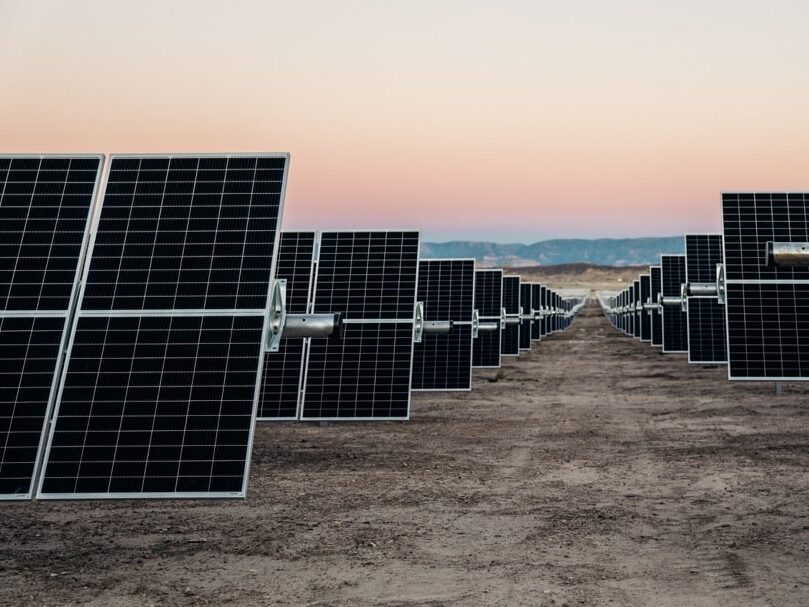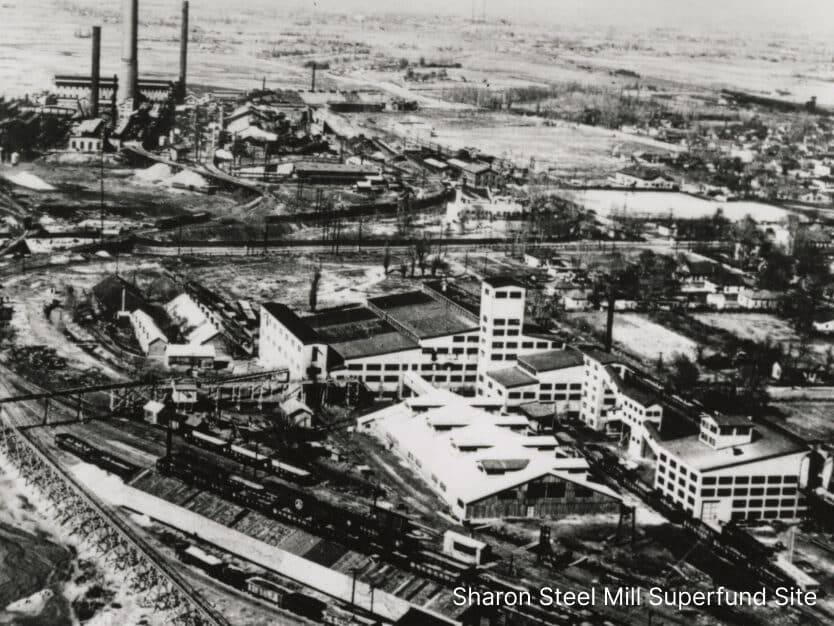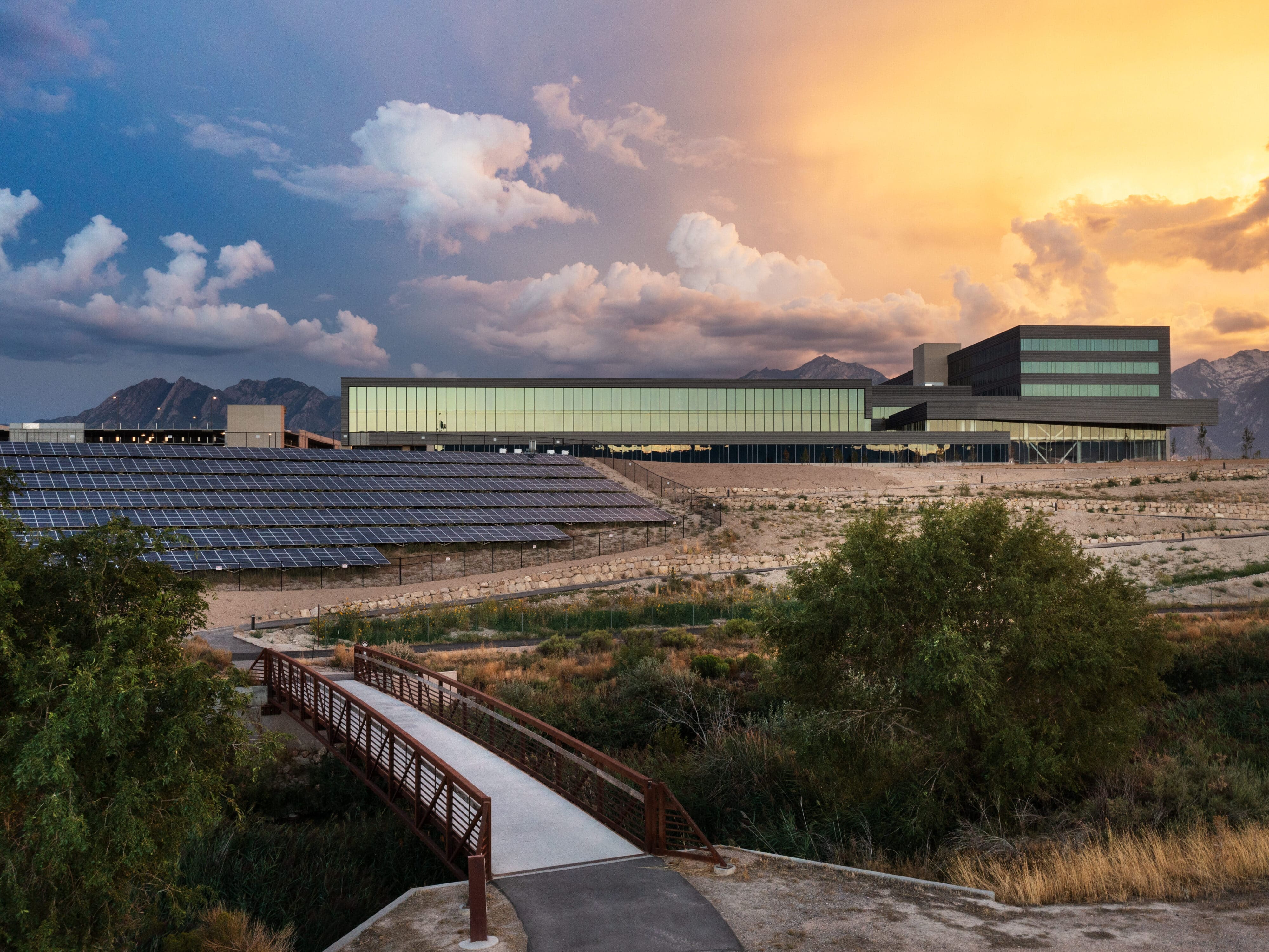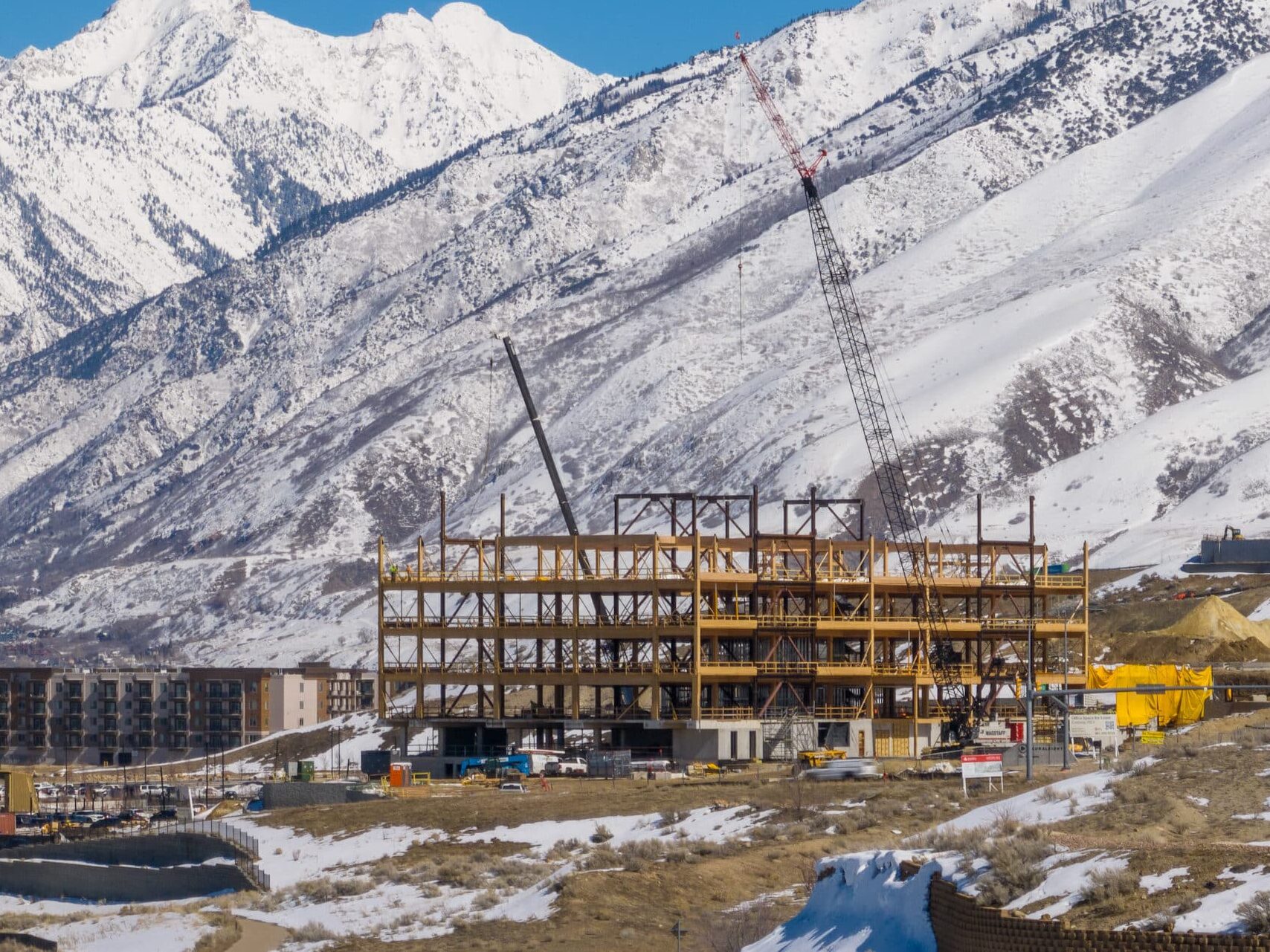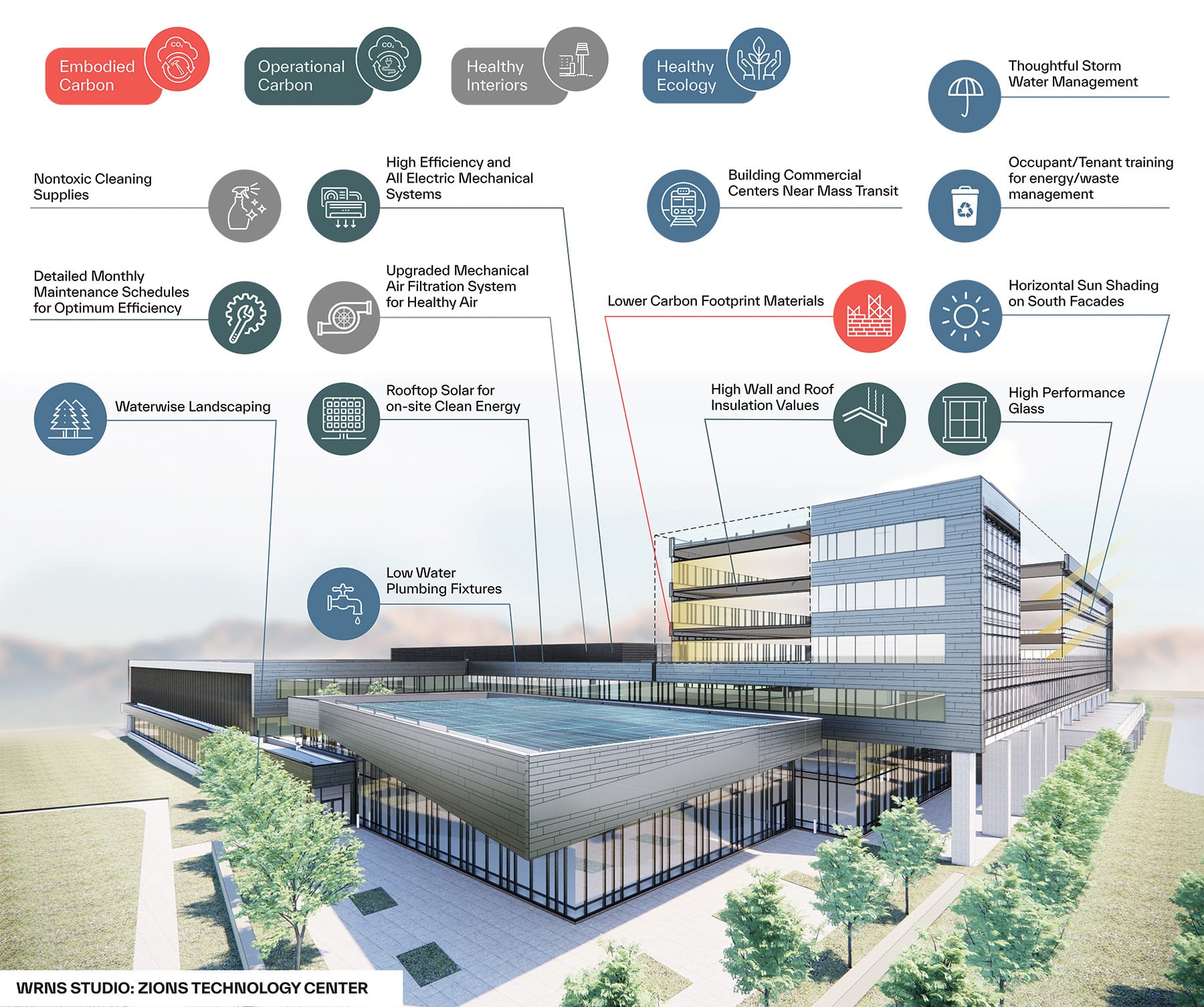Sustainability
The Gardner Commitment
One of our main objectives for every project is to design buildings that minimize environmental impact. We use the latest construction technology and materials to create aesthetically pleasing structures with reduced carbon footprints.
Values in Action
Sustainability transcends mere commitment; it manifests through our actions and the tangible results we achieve.
Buildings contribute 40 percent of the world’s carbon emissions. These emissions impact our air quality, ecosystems, weather patterns, water supply and overall health and welfare of our communities.
Gardner’s sustainability
mission in practice
Gardner doesn’t just develop real estate; we also manage 30 properties across Utah, Idaho, and Nevada. Sustainability is at the core of our operations, shaping our goals for new construction and guiding our stewardship of existing buildings.
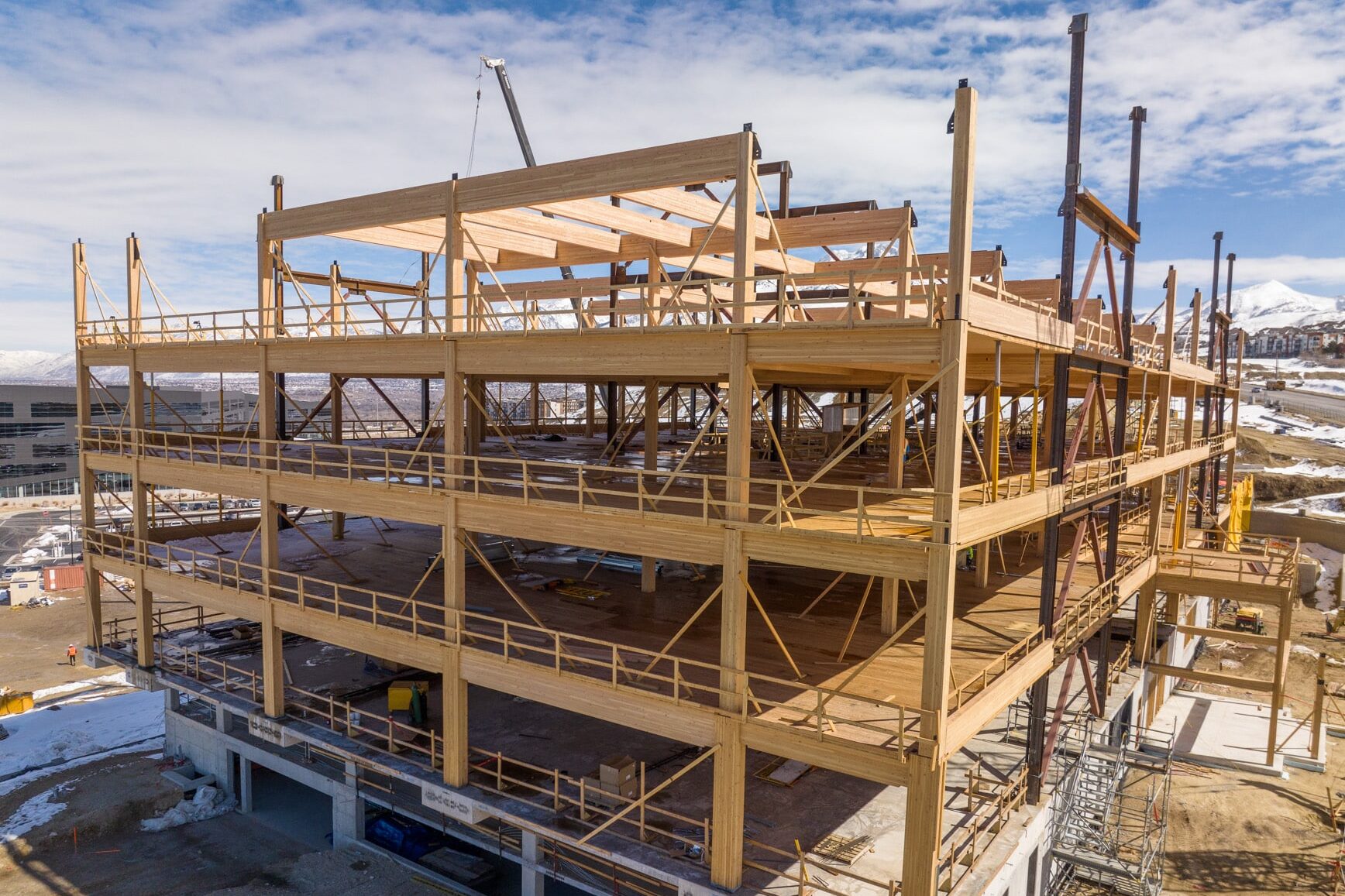
Embracing Low-Carbon Building Materials
We champion eco-conscious building materials, notably cross-laminated or ‘mass’ timber, as a key contributor to substantially reducing our buildings’ environmental footprint or “embodied carbon.”

Embracing Low-Carbon Building Materials
We champion eco-conscious building materials, notably cross-laminated or ‘mass’ timber, as a key contributor to substantially reducing our buildings’ environmental footprint or “embodied carbon.”
Embodied Carbon
Gardner is evaluating traditional building materials to understand their environmental impact and researching materials that require less carbon emissions to manufacture and transport.
Embodied carbon represents the millions of tons of carbon emissions released during the lifecycle of building materials, including extraction, manufacturing, transport, construction and disposal. Concrete, steel, and insulation are all examples of materials that contribute to embodied carbon emissions.

At our Baltic Pointe mass timber office building in Draper, Utah, we replaced steel and concrete framing — materials that emit an enormous amount of carbon, with sustainably forested wood.
Our CO₂ savings are impressive.
- 2,061 metric tons CO₂ avoided
- 5,326 metric tons CO₂ stored in the wood
- The building’s CO₂ savings is equivalent to taking 1,562 cars off the road annually.
Learn more about embodied carbon:
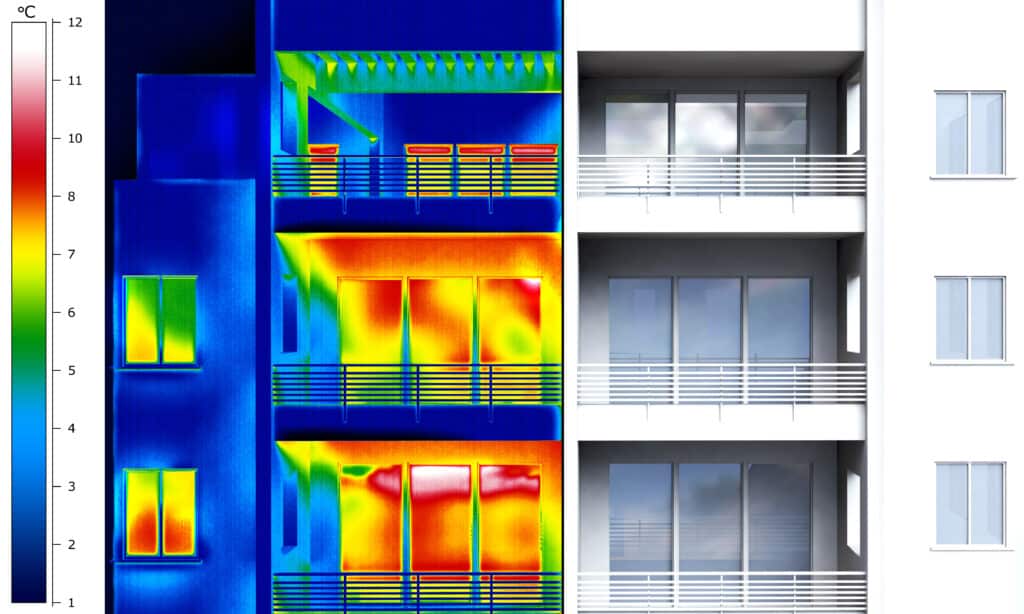
Constructing High-Efficiency Buildings
Calculating a building’s Energy Use Intensity (EUI) is akin to assessing a car’s efficiency and cost savings through Miles Per Gallon (MPG). We employ energy modeling to construct buildings with cutting-edge efficiency and ensure optimal operational performance..

Constructing High-Efficiency Buildings
Calculating a building’s Energy Use Intensity (EUI) is akin to assessing a car’s efficiency and cost savings through Miles Per Gallon (MPG). We employ energy modeling to construct buildings with state-of-the-art efficiency and ensure optimal operational performance.
Image: Building heat loss is captures with thermal imaging. Energy modeling in the design phase can help predict a building’s operational efficiency.
Energy Modeling for lower EUI
Energy modeling allows us to test how design decisions impact a building’s energy performance, daylighting, water use, carbon reduction, and cost.
Energy Use Intensity (EUI) is calculated by dividing the total energy consumed by the building in one year (measured in kBtu or GJ) by the total gross floor area of the building (measured in square feet or square meters).
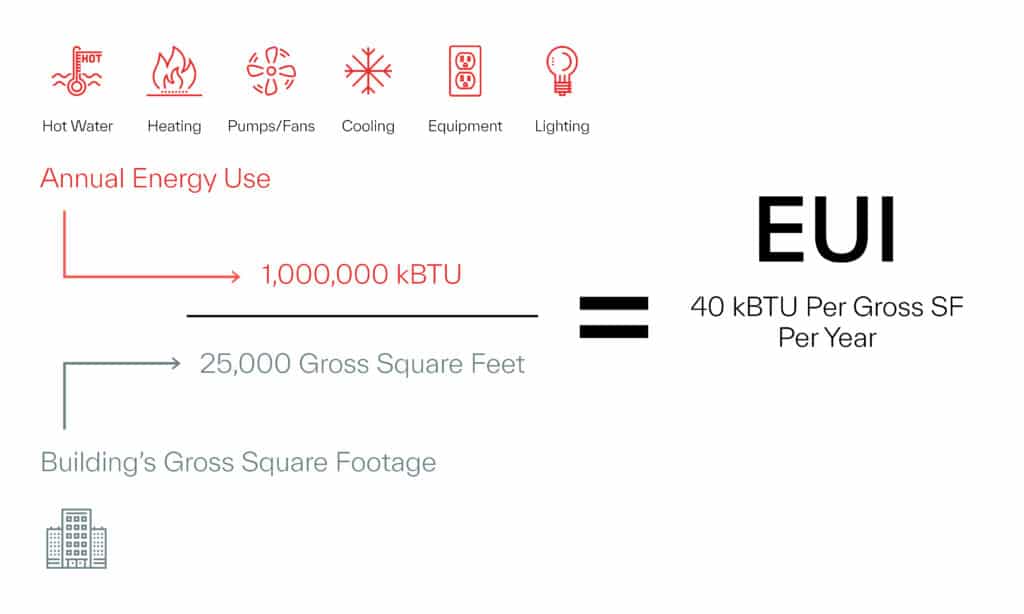
Watch Energy Star’s Video to learn more on how EUI is calculated.
With energy modeling, Gardner is building more efficient buildings and lowering their carbon footprint.
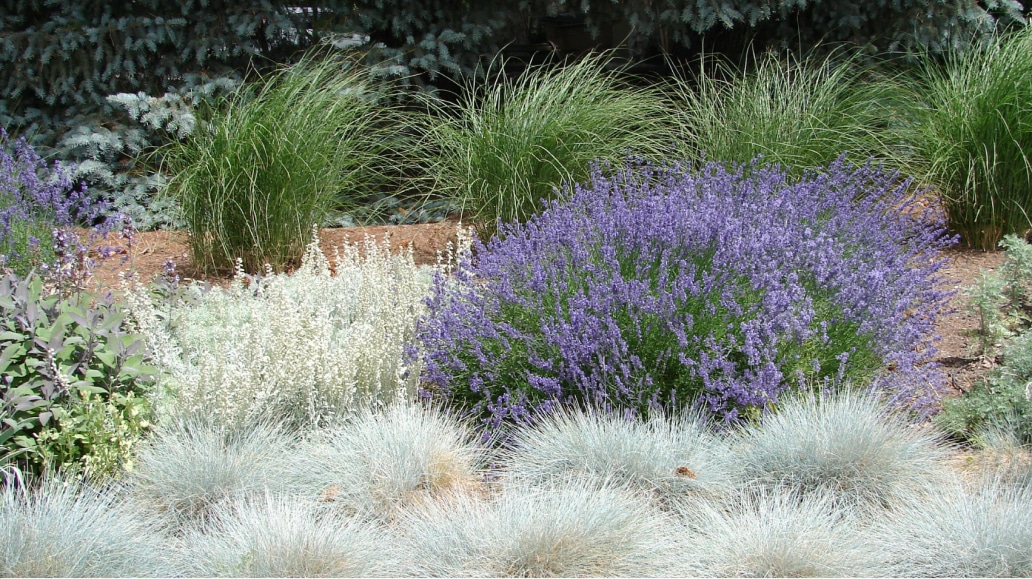
Green Building Operations
We’re operating our buildings with an eye on energy conservation, water savings and waste reduction.

Green Building Operations
We’re operating our buildings with an eye on energy conservation, water savings and waste reduction.
Building Energy efficiency: We constantly monitor our buildings to make sure they are running with optimum energy efficiency.
On-site solar: We’ve invested in rooftop solar for buildings, offsetting 3,252 metric tons of CO2 in the last year.
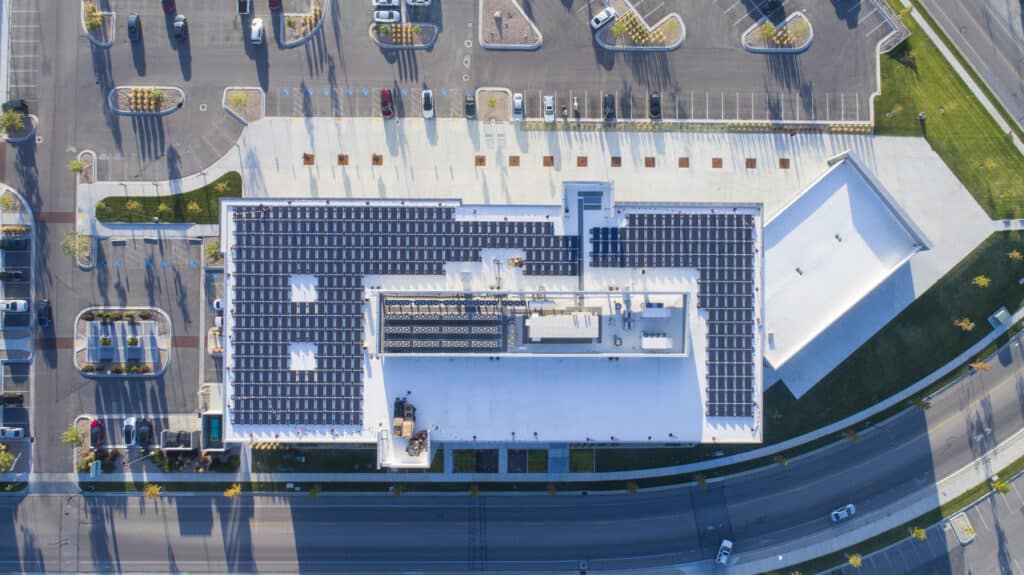
Water savings: Low-flow plumbing fixtures indoors make a difference, but the biggest impact comes from how we manage our outdoor landscapes. Waterwise plants and smart irrigation save thousands of gallons every month.
Waste reduction: With programs in place to sort waste streams at our properties, our recycling programs keep tons of waste from the landfills and promote reuse of our man-made materials.
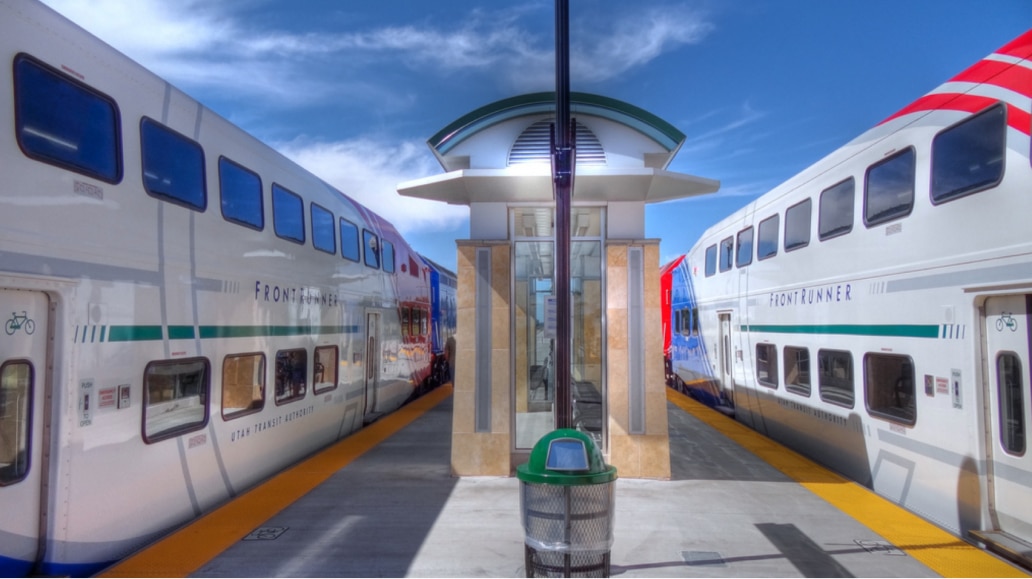
Transit Oriented Development
We make it a priority to create commercial centers within easy reach of mass transit.

Transit Oriented Development
We make it a priority to create commercial centers within easy reach of mass transit.
Reducing Emissions with Mass Transit
Our commitment to sustainable development extends to the very location of our projects. Proximity to efficient mass transit systems reduces vehicular traffic and improves air quality. In Utah, we’ve developed eight projects adjacent to TRAX and Frontrunner. In Idaho, we redeveloped City Center Plaza to incorporate Valley Regional Transit’s underground transportation hub at Main Street Station. We believe that Transit Oriented Development (TOD) is pivotal to reducing our greenhouse gases.
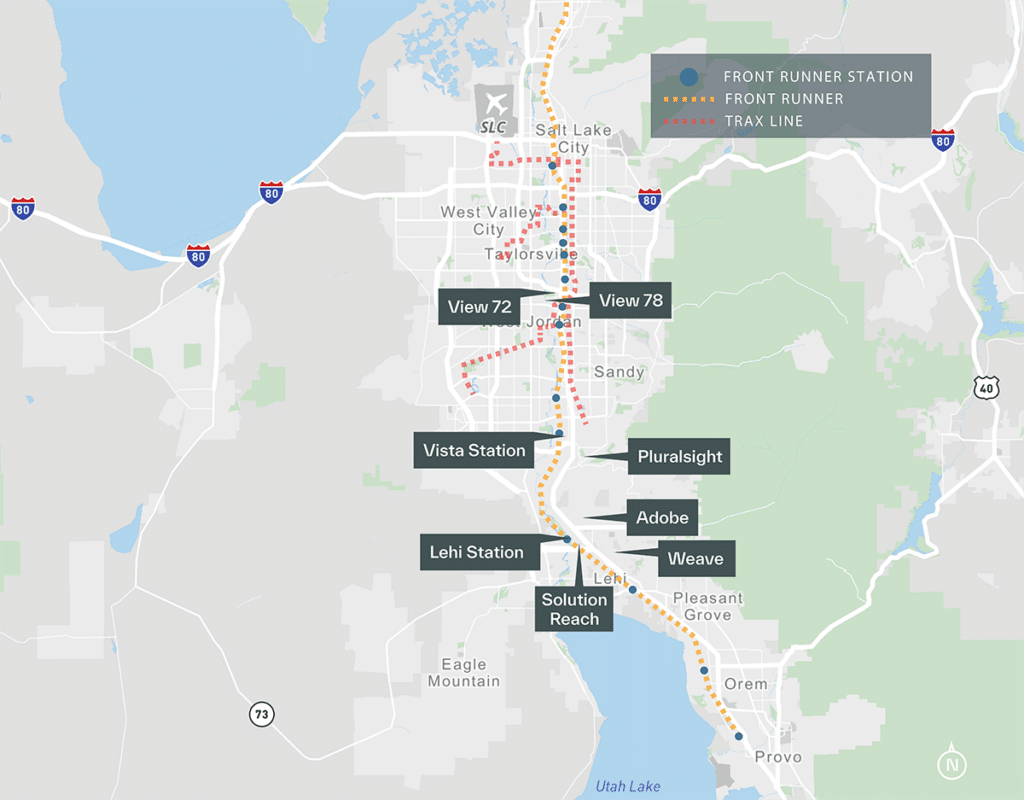
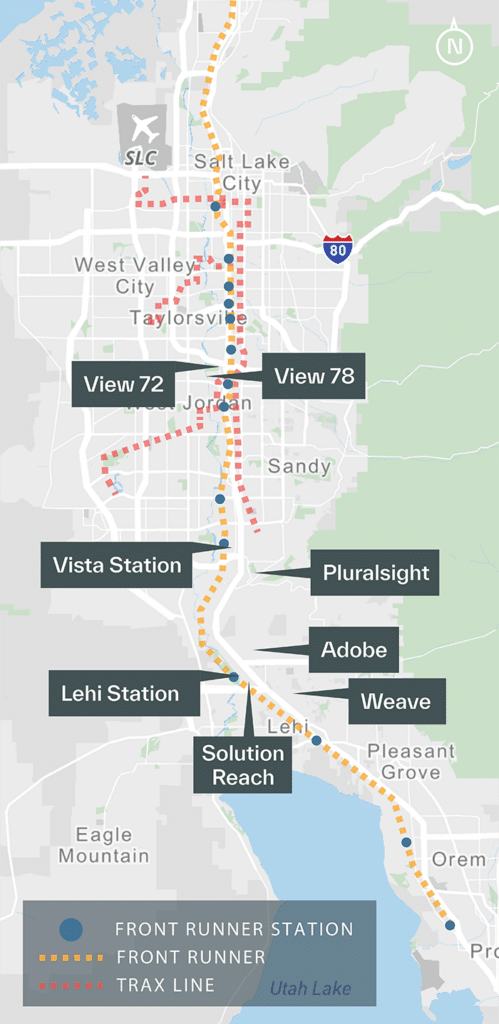
Advocacy and Awards

Utah Climate and Clean Air Compact
As a member of the steering committee for the Utah Climate and Clean Air Compact, Gardner along with a diverse group of Utah business and political leaders made a new commitment to help Utah do its part to combat climate change. Gardner and more than 100 signatories put their names on the Utah Climate and Clean Air Compact pledging to be responsible stewards of Utah’s future and the future of children here and around the globe. Learn more about the Utah Climate & Clean Air Compact.

UCAIR Business Partner of the Year
Utah Clean Air (UCAIR) recognized Gardner during it’s 2022 Summit as the Business partner of the year. The UCAIR Annual Summit recognizes the work and achievements of Utahns dedicated to improving Utah’s air quality. See YouTube video link https://youtu.be/oHTmA6iGVXY

US Forest Service Grant for Mass Timber
Gardner has received a $250,000 grant from the U.S. Forest Service in support of efforts to incorporate mass timber/natural wood products into the Baltic Pointe Office building.
